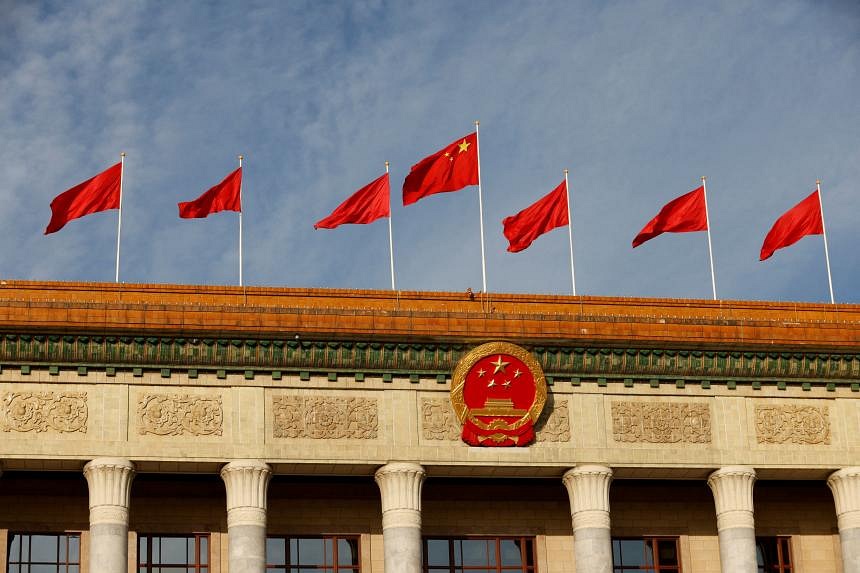BEIJING – China is owed more than US$1 trillion (S$1.35 trillion) through its Belt and Road Initiative (BRI), making it the biggest debt collector in the world, a report said this week, with an estimated 80 per cent of the loans supporting countries in financial distress.
Beijing says upwards of 150 countries, stretching from Uruguay to Sri Lanka, have signed up to the BRI, a vast global infrastructure push unveiled by President Xi Jinping a decade ago.
The first decade of the initiative saw China distribute huge loans to fund the construction of bridges, ports and highways in low- and middle-income countries.
But much more than half of those loans have now entered their principal repayment period, said a report released on Monday by AidData, a research institute tracking development finance at Virginia’s College of William and Mary.
That figure is set to hit 75 per cent by the end of the decade, it added.
Crunching data compiled on Chinese financing of almost 21,000 projects across 165 countries, AidData said Beijing has now committed aid and credit “hovering around US$80 billion a year” to low- and middle-income nations.
The United States, in contrast, has provided US$60 billion a year to such countries.
“Beijing is navigating an unfamiliar and uncomfortable role – as the world’s largest official debt collector,” the report said.
“Total outstanding debt, including principal but excluding interest, from borrowers in the developing world to China is at least US$1.1 trillion,” AidData said.
AidData estimates that 80 per cent of China’s overseas lending portfolio in the developing world is currently supporting countries in financial distress.
Proponents of the BRI praise it for bringing resources and economic growth to the Global South.
But critics have long pointed to opaque pricing for projects built by Chinese companies, with countries, including Malaysia and Myanmar, renegotiating deals to bring down costs.
AidData said China has, in recent years, suffered reputational damage among developing countries, with its approval rating falling from 56 per cent in 2019 to 40 per cent in 2021.
But China is “learning from its mistakes and becoming an increasingly adept crisis manager”, the study said.
Reducing risks
Beijing is seeking to de-risk the BRI by bringing its lending practices more in line with international standards, it stressed.
But also among those methods are “increasingly stringent safeguards to shield itself from the risk of not being repaid”, it said.
That includes allowing key BRI lenders to pay themselves principal and interest due by “unilaterally sweeping” borrowers’ foreign currency reserves held in escrow.
“These cash seizures are mostly being executed in secret and outside the immediate reach of domestic oversight institutions… in low- and middle-income countries,” it said.
“The ability to access cash collateral without borrower consent has become a particularly important safeguard in China’s bilateral lending portfolio.”
At a major summit in Beijing in October marking the project’s 10th anniversary, Mr Xi said China would inject more than US$100 billion in new funds into the BRI.
But a joint report in 2023 by the World Bank and other institutions, including AidData, said Beijing has been forced to hand out billions of dollars in bailout loans to BRI countries in recent years.
The initiative has also drawn scrutiny for its massive carbon footprint and the environmental degradation caused by massive infrastructure projects. AFP

